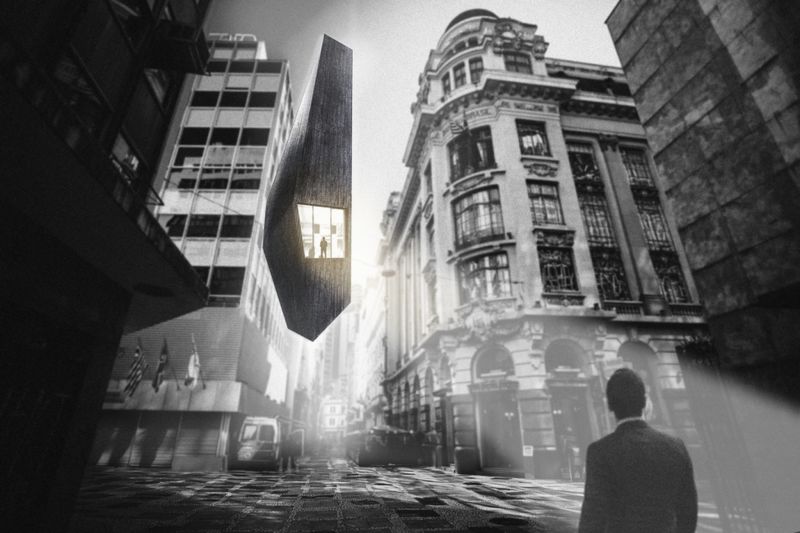







Floating Architecture: Innovations in Urban Design
Floating architecture represents a groundbreaking approach to urban design, addressing the growing challenges of space constraints in densely populated cities. Moreover, it offers innovative solutions that contribute to environmental sustainability and resilience towards natural disasters.
The Vision Behind Floating Architecture
Professor Georges Kachaamy, director of the Center for Research, Innovation and Design at the American University in Dubai (AUD), envisions a future where floating structures can become a practical reality. This concept encapsulates platforms within cities, enabling residents to disconnect from daily stresses while optimizing urban space.
Prototypes of Floating Structures
Kachaamy has dedicated over five years to developing prototypes for this avant-garde architecture. His initial models were only a few centimeters long, but he is now working with larger designs spanning approximately two meters.
Magnetic Levitation in Architecture
The innovative models utilize magnetic levitation technology, which allows objects to float effortlessly through the opposing forces of magnets. This technique not only facilitates unique designs but also provides an efficient means for integrating architecture with transit systems.
Global Exhibitions
Kachaamy’s models have been showcased internationally, including prestigious platforms like the 2019 Venice Biennale. This global presence illustrates the potential and interest in pioneering architectural advancements.
The Future of Urban Living
As cities evolve, the incorporation of floating architecture can greatly enhance urban planning. Future designs, such as those considering the reconstruction of Notre Dame Cathedral, signify the potential integration of this technology in historical contexts while meeting modern urban needs.
Conclusion
In conclusion, floating architecture, powered by advanced magnetic levitation techniques, encapsulates the future of urban environments. Consequently, this innovation not only promises to alleviate space challenges but also fosters a sustainable and resilient approach to architectural design.




